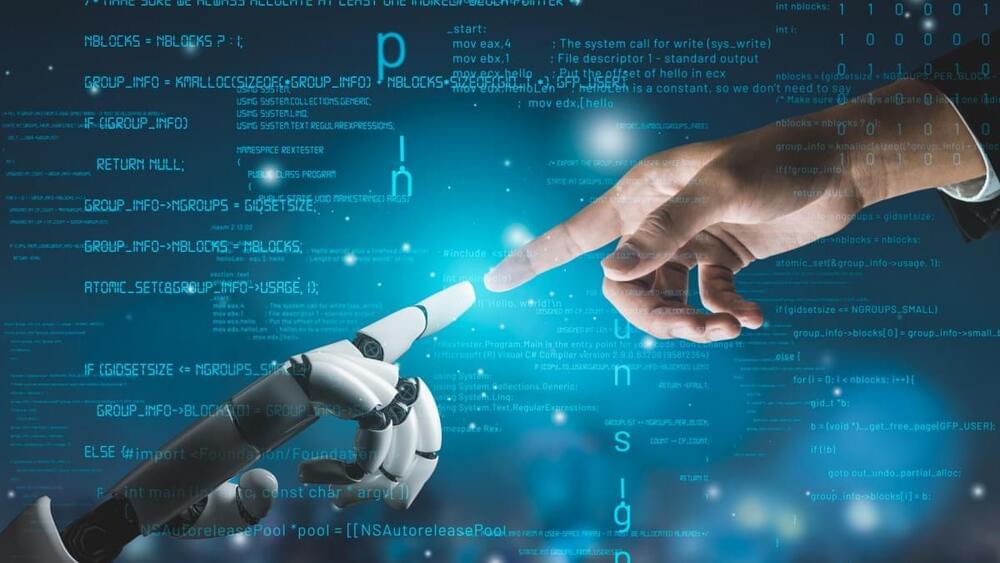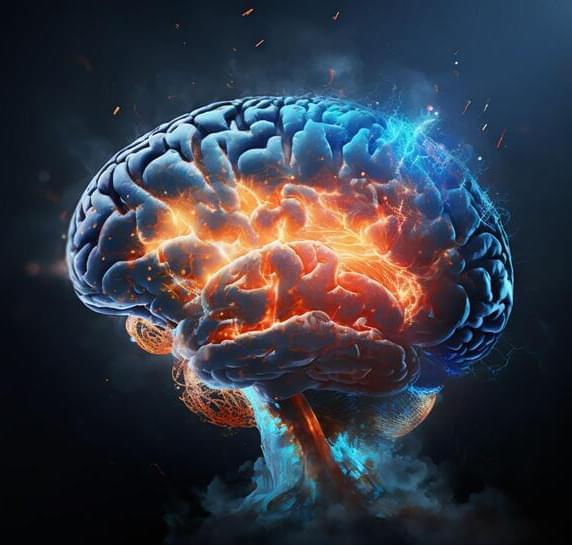Our text-to-video model. Sora can create videos of up to 60 seconds featuring highly detailed scenes, complex camera motion, and multiple ch…
Category: robotics/AI – Page 757



Dili wants to automate due diligence with AI
Stephanie Song, formerly on the corporate development and ventures team at Coinbase, was often frustrated by the volume of due diligence tasks she and her team had to complete on a daily basis.
Dili is a new, Y Combinator-backed startup that aims to automate different aspects of the due diligence process using AI.

The Biggest AI Trends In The Next 10 Years
Although I like to write about future predictions for the world of technology and business, I’m usually focused on what’s coming up in the next five years.
But it’s also worth taking a longer view. I believe that in 10 years’ time, the AI that’s a part of everyday life will be as far evolved from today’s AI as today’s internet is from the internet of the early days.
In his excellent book The Coming Wave, Mustafa Suleyman notes that every wave of technology-driven change – from the combustion engine to the internet – has revolutionized society in a shorter time span than the previous wave. So, I don’t think we’ll have to wait 30 or even 20 years until AI is utterly engrained in all aspects of life.
Instead, let’s look ahead just 10 years to 2034. Halfway through the next decade, a lot will have changed, but what will AI look like? Here’s what I think!

EpiSci chosen for US AI hypersonic missile tracking system software
EpiSci has won a $1.6 million contract with the US Space Development Agency to flesh out its AI-powered, hypersonic missile tracking system.
The SDA and EpiSci have partnered to create AI software that detects hypersonic missiles using satellite technology, AI, and advanced analytics.

Amazon develops world’s largest text-to-speech model with ‘emergent’ qualities
The new model is called Big Adaptive Streamable TTS with Emergent abilities — BASE TTS.
In what is being called the largest text-to-speech model ever developed, researchers at Amazon AGI have made waves after creating the Big Adaptive Streamable TTS with Emergent abilities (BASE TTS).
Text-to-Speech (TTS) models are used in the development of voice assistants for smart devices and are employed to convert written text into spoken words, allowing voice assistants to communicate with users in a natural and human-like manner.
Furthermore, TTS models produce outputs that closely resemble natural speech, incorporating elements such as intonation, emphasis, and inflection.

